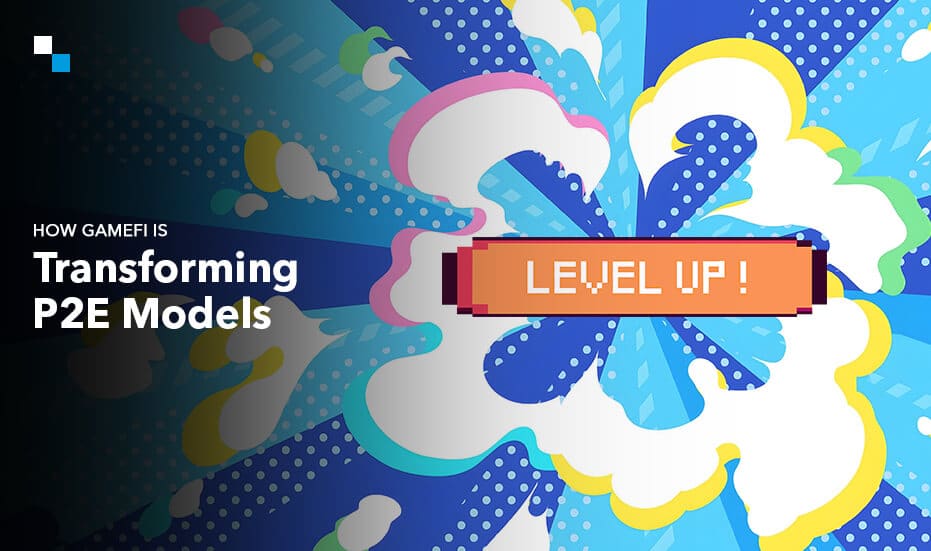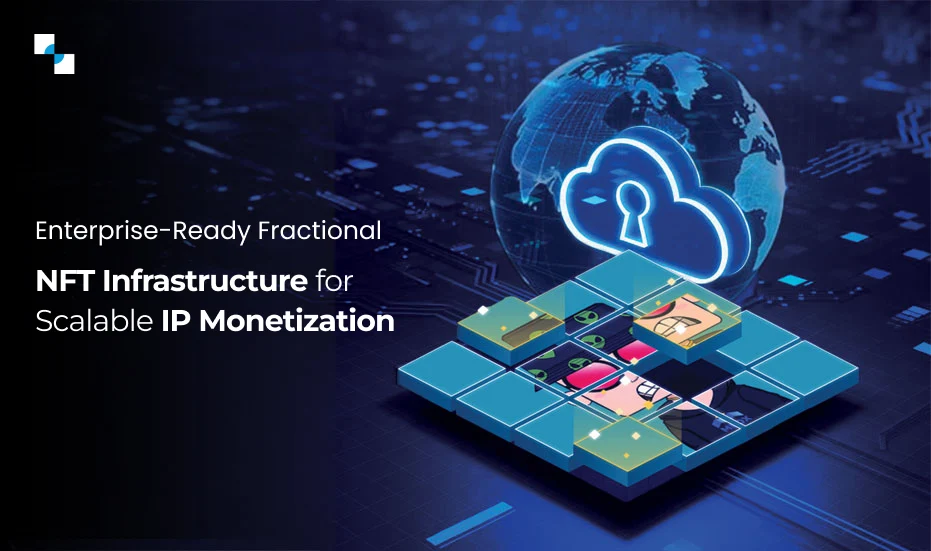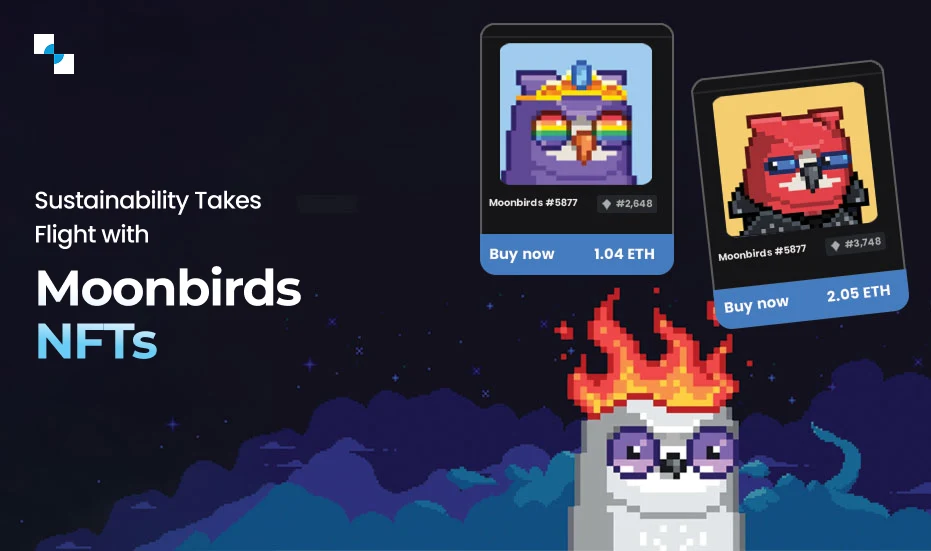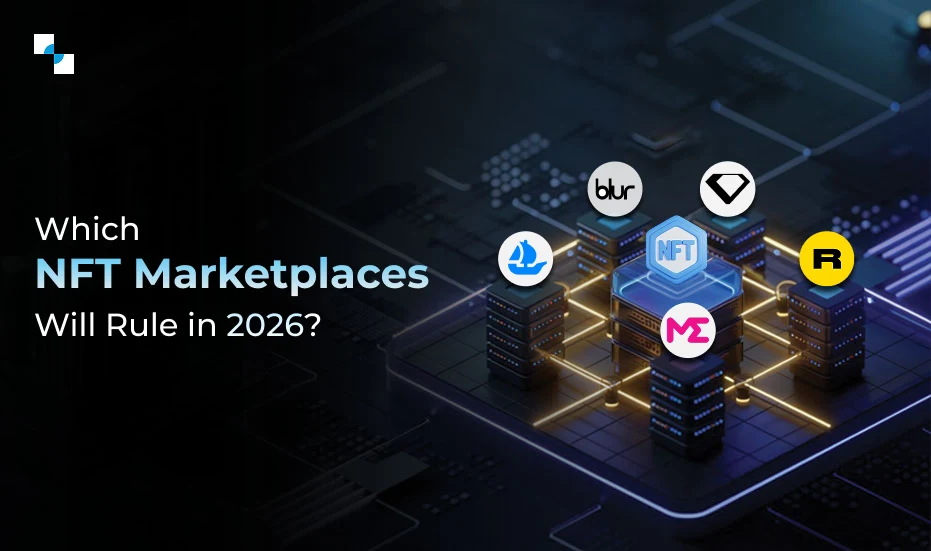The game industry has undergone transformations never thought of, especially over the past few years. Having been driven forward by rapid advances in technology and the constantly changing expectations of consumers, one of the most radical shifts is that of blockchain – which has really given way to a whole new generation of gaming now appropriately termed GameFi development.
As we forge ahead into the future, it’s important that any P2E models are conceptualized with specific scrutiny of GameFi’s role in rewriting the rules of play, including how players relate to games. The converging worlds of gaming and decentralized finance come together in GameFi, providing a new frame that empowers the player community and unlocks financial opportunities in novel ways.
What is GameFi?
The term GameFi platform development was generally used to point to a sector in the blockchain space where gaming and decentralized finance meet, allowing players to generate real-world value from their activities. With the elements of financialization included, players are presented with an opportunity not only to participate in entertainment but also to receive income in the form of gameplay. This model is guaranteed by blockchain technology, assuring transparency, ownership, and security of in-game assets.
The global GameFi market size was USD 9 billion in 2021 & the market is expected to reach USD 90.51 billion in 2031, exhibiting a CAGR of 27.13% during the forecast period 2021 To 2031.
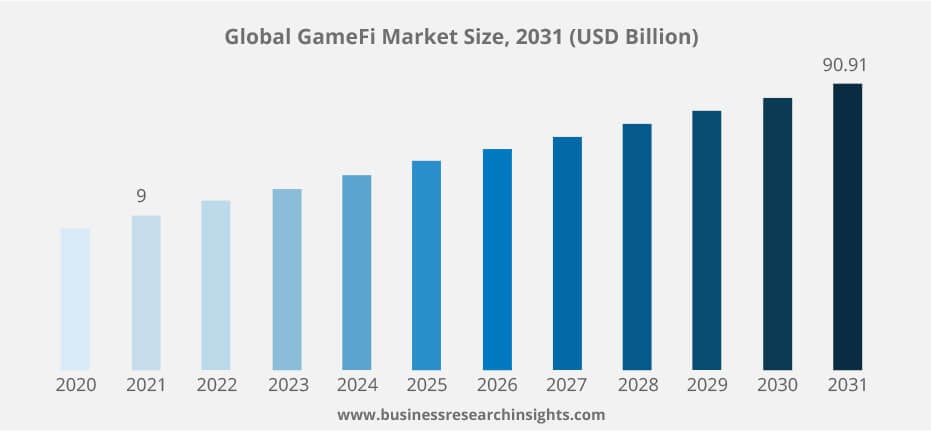
At its core, GameFi relies on the utilization of NFTs for the representation of unique in-game items, characters, and assets. These NFTs can be purchased, sold, or traded across different marketplaces, giving players actual ownership over their digital property. This model of ownership significantly contrasts with traditional gaming in that a player can’t really own in-game assets since they are still attached to the ecosystem of the game. Most GameFi projects also introduce DeFi mechanisms that enable players to stake their digital assets, earn yield from those stakings, or even take loans on top of their possessions to create a decentralized economy based on gaming.
The Evolution of Play-to-Earn Models With GameFi in 2024
In the advent of 2024, the effects of GameFi start to show more and more in P2E models. Following are various significant ways in which GameFi development is changing the face of this domain:
1. Enabling Players through Ownership and Value Generation
Traditional gaming systems often limit player ownership, with assets controlled by the game company. Every GameFi development company offers a groundbreaking solution. GameFi empowers players to own NFTs tied to their in-game achievements, providing financial benefits from their gaming success.
The beauty of this is that it enriches not only the experience for game players but also binds them in time and effort to enhance their characters and collectibles. This, in turn, allows skilled players to generate new revenues and, in essence, affords an ever-increasingly diverse and complex gaming ecosystem.

2. Sustainable Economies through Tokenomics
On the frontlines of GameFi platform development, however, is tokenomics. The economic model behind cryptocurrencies and tokens will usher in a push to create sustainable economies within the games by 2024. At the moment, developers are indeed engineering their games, keeping in mind the carefully balanced tokenomics in order not to drive the games into inflation and to make sure rewards can keep players interested for quite some time.
This dictates that smart contracts play a great role in the distribution and usage mechanisms of tokens within a game for its fairness without a chance of exploitation. Such evolution encourages players to participate in games not for mere profit but to build a long-term commitment, giving rise to stable gaming environments.
3. Fostering Community Engagement and Governance
Another critical part of how GameFi developers are pushing the P2E landscape is community engagement. Several GameFi projects are designed on the basis of DAOs, allowing players to take part in decision-making processes affecting game development and governance.
In 2024, the players’ active voices shape the game world, from influencer development updates down to participating in community events. With democratizing game ownership, the participants feel ownership and empowerment; they are drawn closer to the world of gaming, and their collaboration is encouraged.
4. Improvement of Asset Interoperability
The more the game space develops, the more likely the possibility of interoperability between assets. By 2024, GameFi will allow players to move NFTs and tokens from one game to another with ease.
Interoperability across gaming ecosystems empowers players with greater control over their digital property. Gamers can seamlessly transfer their assets from one game to another, preserving value and utility across various investments. This enhances the gaming experience and fosters collaboration among GameFi Developers, leading to a more innovative and vibrant gaming market.
5. Expanding Access Through Mobile and Social Gaming
GameFi platform development is breaking into more mainstream circles with the rise of mobile gaming. Many platforms in 2024 will integrate user-friendly interfaces that make it easier for casual gamers to jump into the space of P2E.
This also includes social features in gaming, allowing players to cooperate with each other, fostering further accessibility and community interaction. This change in tack looks to onboard a more disparate set of players, making sure that anyone with a smartphone can join and participate in the burgeoning GameFi ecosystem.
Conclusion
GameFi’s innovations are reshaping the future of gaming. As we go through 2024, the changes in play-to-earn models lead as a footprint to the influence blockchain is casting on the future of entertainment and economic prospects. With real asset ownership, sustainable economies, improved community interaction, interoperability, and greater accessibility, GameFi development is about to make the gaming environment even more inclusive and rewarding.
As more and more gamers acclimate themselves to this transformational model, the challenging job ahead for the entire gaming industry will be how to foster such an environment in which creativity, community, and capitalism coalesce in new ways. The prospects are endless, and as GameFi continues to evolve, it certainly promises to raise the experience of playing games to a whole ecosystem in itself where one can play, earn, and engage. This is just the first step of that journey: with this, the gaming world prepares to change the future empowered more than ever by its players.
Antier is a leading GameFi development company at the forefront of this exciting revolution. With years of experience and a proven track record, we specialize in creating innovative GameFi solutions that empower players and drive the future of gaming.


